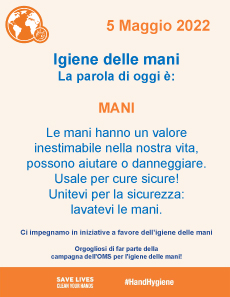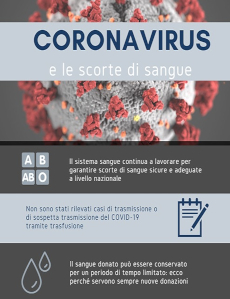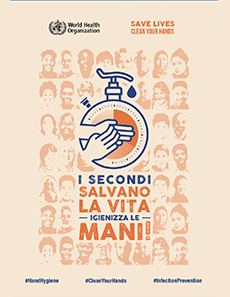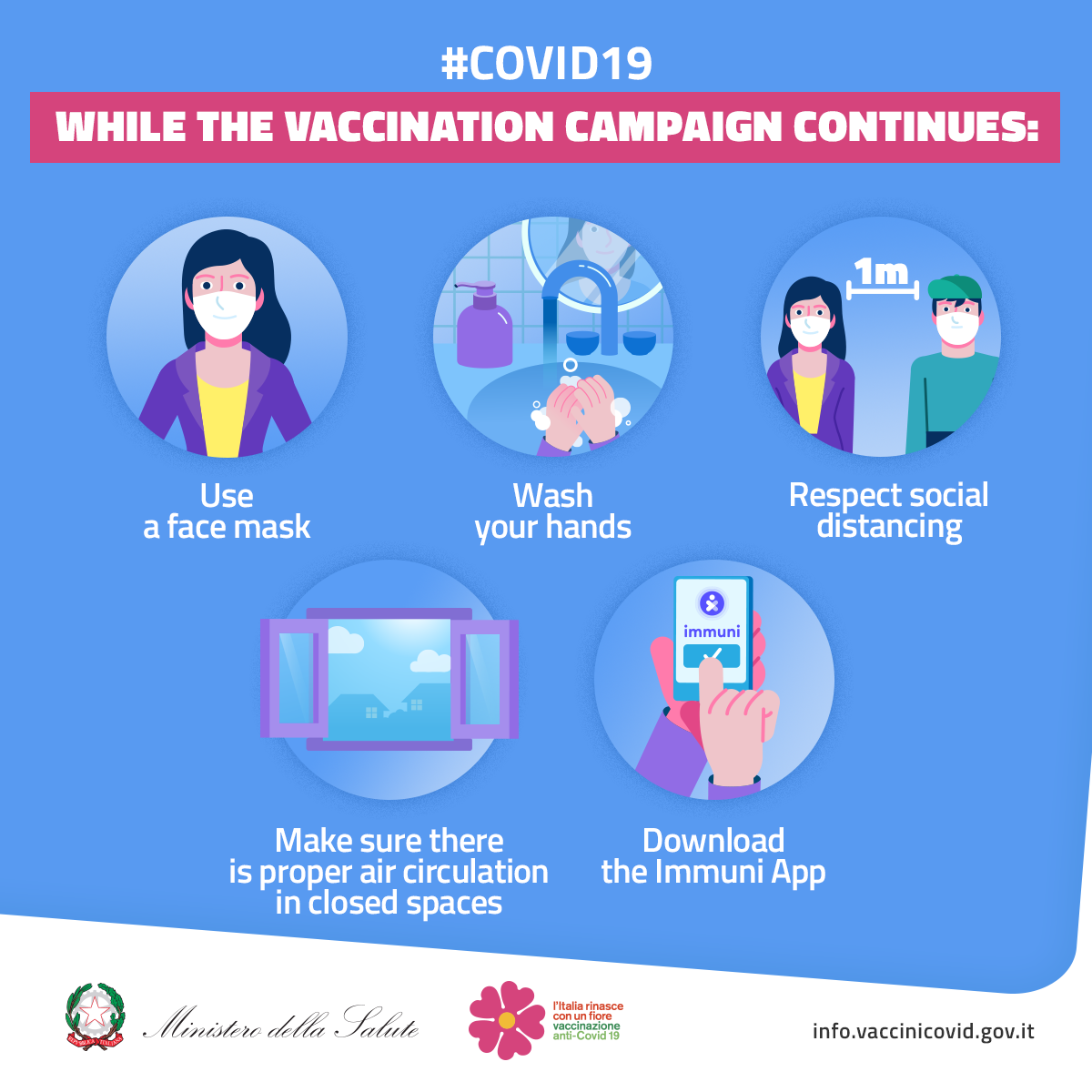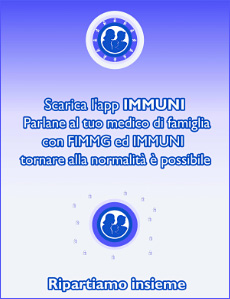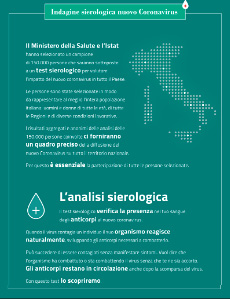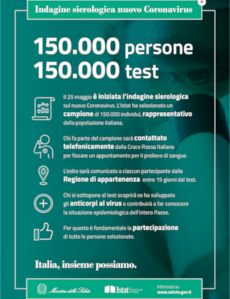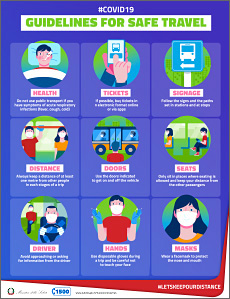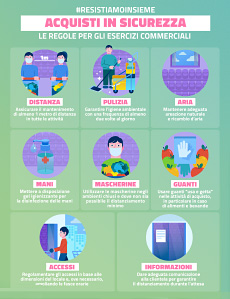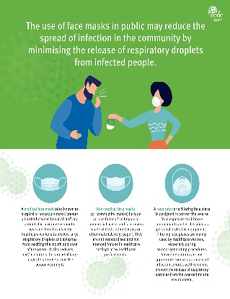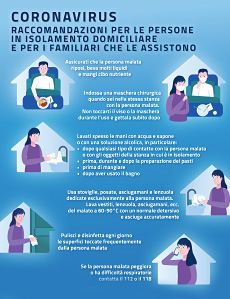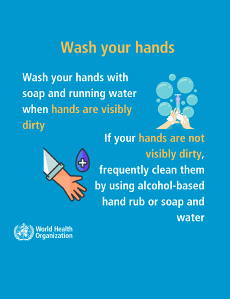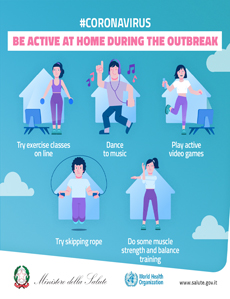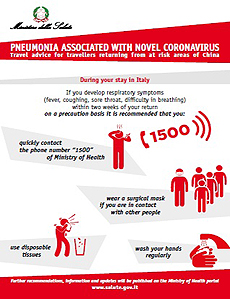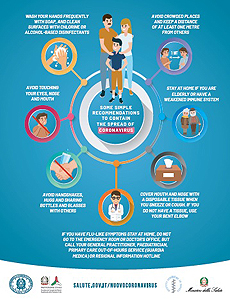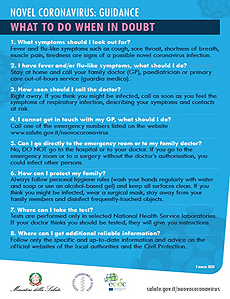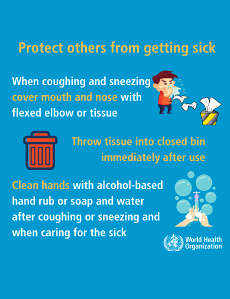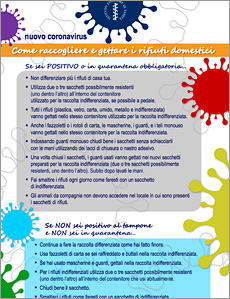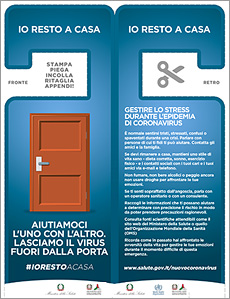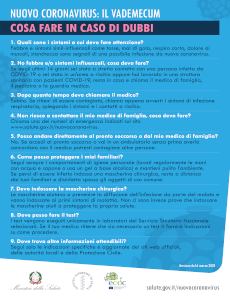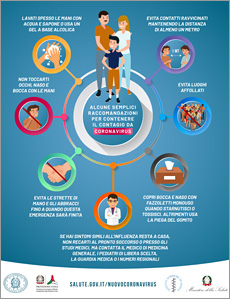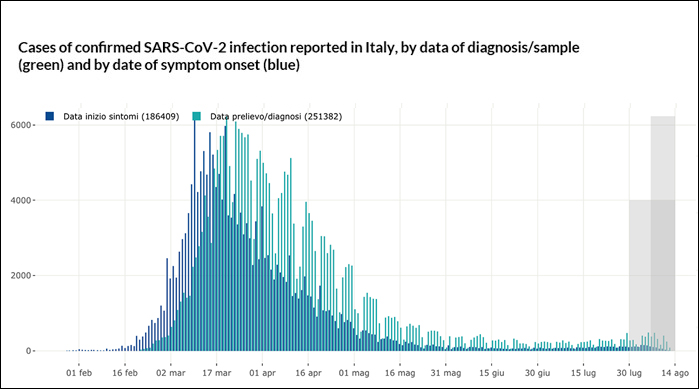
Key points
The following is an analysis of the data for the period from August 3-9, 2020. Due to the time frame between exposure to the pathogen and the development of symptoms, and between these and the diagnosis and subsequent notification, many of the cases reported this week are likely to have been infected 2-3 weeks earlier, i.e. mainly in the second half of July.
Some of the cases identified through screening, however, may have contracted the infection in earlier periods.
In general, the overall picture of transmission and impact of SARS-CoV-2 infection in Italy, although not in a critical situation, continues to show signs of attention: the cumulative incidence (ISS flow data) in the last 14 days (period 27/7-9/8) was 7.29 per 100 000 inhabitants.
At national level, there is again an increase in the number of new cases diagnosed and notified to the integrated surveillance system coordinated by the Italian Higher Institute of Health, compared to the previous week of monitoring. The increase was mainly in asymptomatic people. The national transmission index (Rt) calculated on symptomatic cases for the period July 23 - August 5, 2020 is 0.96 (0.75 - 1.2).
This suggests that, net of asymptomatic cases identified through screening/tracking of contacts and cases imported from foreign countries (categories which are not mutually exclusive), the number of symptomatic cases diagnosed in our country has been substantially stable over the last few weeks.
The average age of the cases diagnosed in the last week is now around 40 years. This is partly due to the characteristics of the outbreaks, which see an ever decreasing involvement of older people, partly due to an increase among imported cases and partly due to the identification of asymptomatic cases through screening and contact tracking in lower age groups. This leads to a lower risk of possible overloading of health services in the short term.
In all Regions/PPAA, new cases of SARS-CoV-2 infection were diagnosed in this week of monitoring. During the week of monitoring, 36% of new cases diagnosed in Italy were identified through screening activities and 28% through contact tracking activities. The remaining cases were identified as symptomatic (32.4%) or the reason for the diagnostic finding is not reported (3.8%). Therefore, about 2/3 of the new cases were diagnosed thanks to intensive screening and case investigation, including the identification and monitoring of close contacts.
In almost all Regions/PPAA, new cases of infection imported from other Regions and/or Foreign States were diagnosed during the week of monitoring. In addition to the outbreaks related to the re-import of the infection, some small transmission chains of unknown origin were reported on our national territory. This confirms that in Italy the COVID-19 epidemic has not ended yet, and that the epidemiological situation remains extremely fluid, with a risk of further spread.
Ten Regions/PAA reported an increase in the number of diagnosed cases, compared to the previous week (ISS flow) which cannot be attributed solely to an increase in imported cases. However, it should be noted that in some of these Regions/PAA, although increasing, the total number of newly diagnosed cases was low (less than 10 cases diagnosed per week or with a weekly incidence of less than 1/100,000). None of the Regions/PAA reported any signs of overburdening of health services, and the current outbreaks are promptly being identified and investigated.
A total of 925 active outbreaks were reported during the week of monitoring, 225 of which were new, both increasing for the second consecutive week. This implies a strong commitment by the territorial services in contact tracking activities, which is proving to be effective in containing local virus transmission, as demonstrated by Rt values equal to or lower than 1 in most Regions/PPAA.
Rt estimates tend to fluctuate in some Regions/PAA, in relation to the occurrence of transmission outbreaks that are subsequently contained. Therefore, over the last 14 days, average estimates of Rt values equal to or greater than 1 are observed in nine Regions where recent outbreaks have occurred in the last 3 weeks, still without overburdening healthcare services. In some regions, although cases have decreased, high numbers of new cases continue to be reported. This should call for caution, as it shows that in some parts of the country the circulation of SARS-CoV-2 is still relevant.
Conclusion
Following the reduction in the number of cases of SARS-CoV-2 infection due to lockdown measures, Italy is in a transitional epidemiological phase, with a progressive worsening trend. Also, this week’s report shows a widespread transmission of the virus throughout the national territory. In presence of particularly favourable conditions, this may even cause some outbreaks of significant size, often associated with the import of cases from foreign countries (even from travellers returning after vacation periods in countries with a higher virus circulation rate).
Overall, the number of new cases of infection remains low, but with an increasing trend. This is also due to contact tracking and management, including quarantine of close contacts and immediate isolation of secondary cases. The reduction in the time span between the onset of symptoms and diagnosis/isolation is one of the reasons for earlier identification and clinical care of people developing the infection.
It is necessary to maintain the resilience of the territorial services, continue to strengthen the awareness and compliance of the population, carry out active research and diagnostic investigation of potential cases, isolation of confirmed cases, quarantine of their close contacts. These actions are essential to control transmission and possibly rapidly identify and cope with epidemic upsurges.
It is essential to maintain a high level of attention and continue to strengthen contact tracking activities, in order to identify all potential transmission outbreaks early and continue to control the epidemic. Therefore, it is also of paramount importance to maintain a high level of awareness among the general population, in terms of the uncertainty of the epidemiological situation and the importance of continuing to strictly adhere to all measures necessary to reduce the risk of transmission, such as individual hygiene, using masks and respecting physical distancing.
The need to comply with the quarantine measures is reiterated, including identification of dedicated facilities, both for people returning from quarantined countries, or following a request from the health authority that has identified them as close contacts in a case.
Otherwise, we may see a significant increase in the number of cases at national level in the coming weeks.
The situation described in this report, which is mainly related to infections contracted in the second half of July 2020, shows important warning signs for a possible increase in transmission. At the moment, the data confirm that the prevention and control measures already taken by the Regions/PAA should be maintained and that attention should be paid to the preparation of interventions in case of further worsening developments.
The general recommendation for the population is to pay particular attention to the possibility of infection during periods of stay in countries with higher viral circulation. In these cases, it is recommended that when returning to Italy, the prevention services should be contacted for the appropriate directions, and that particular attention should be paid to responsibly following the common behaviour rules, in order to prevent the transmission of SARS-CoV-2, particularly towards the most vulnerable population groups.
Consulta
le
notizie di Covid-19
Vai all' archivio completo delle notizie
Consulta l'area tematica:
Covid-19












